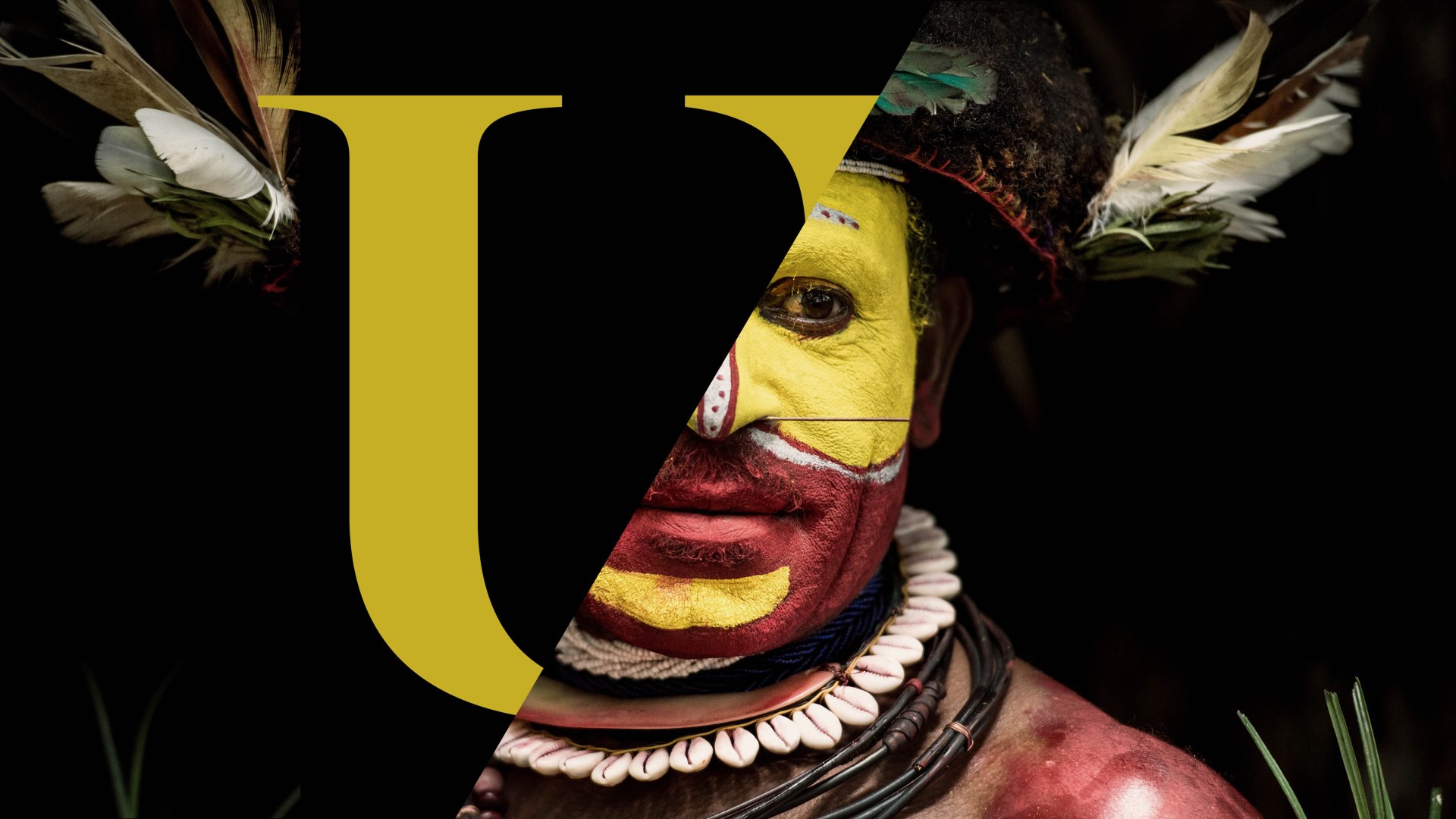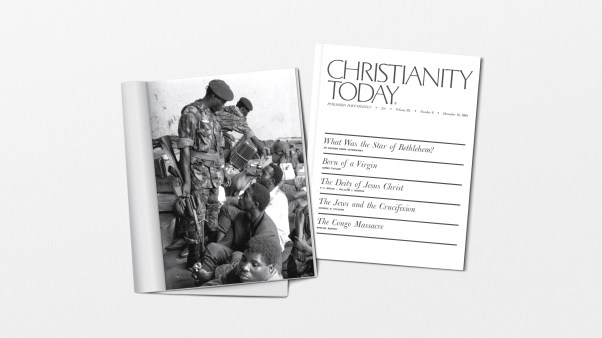Bible translators have made it a priority to give people around the world the chance to study Scripture in their “heart language.”
Even if Christians are able to understand another language, there are significant benefits to hearing the gospel in one’s mother tongue. It makes it easier to grasp theological concepts and builds a deeper emotional connection to the message.
But over the past several decades, these heart language translations haven’t only changed how Christians from various cultural backgrounds approach their faith; they have also affected how believers view their familial language.
“As they begin to read the Bible in their own language, pray in their own language, and worship in their own language, they realize, ‘Wait, if I can do these things, maybe I could do even more,’” said Andy Keener, executive vice president for global partnerships at Wycliffe Bible Translators.
Across continents, Bible translation teams have watched how their work—sometimes creating an alphabet for the language or documenting its written form for the first time—can change the trajectory of the tongue itself.
“Bible translation is transformative for a language, especially during the life of the project itself, when it engages some of the best minds of the community in solving formidably difficult problems in semantic mapping, orthography, metaphor, and language standardization,” linguist K. David Harrison wrote in a foreword to a recent academic volume on the effects of Bible translation on language. “But it also extends in influence far beyond the original project, and shines as an example of best practice in ensuring language survival.”
Around a third of the 7,111 languages spoken today are considered endangered, having dwindled to fewer than 1,000 speakers. Globalization often forces multilingual speakers to use popular languages, making them less likely to pass on their own “heart language” to a new generation.
“Language endangerment is the flip side of language dominance,” said Gary Simons, chief research officer at SIL, a Christian linguistics organization that has come to dominate the field with its comprehensive catalog and research on the world’s languages.
“Small language groups are no longer isolated and monolingual but are embedded in a national and regional context in which much larger languages are dominant,” he said. “In order to participate in commerce on the regional level or to take advantage of national services—like education, health care, banking, even national church denominations—they have to learn and use a dominant language.”
With more than 2,600 languages in danger of dying out (often because they are spoken in face-to-face conversation only or just by the oldest generations), the United Nations declared 2019 the International Year of Indigenous Languages, spurring dozens of new initiatives to revitalize their use. Simons and SIL point out that some projections about the rate of languages dying out have been overblown; they find that about nine languages fade from use each year—one every 40 days—though the rate is quickening.
Summer camps immerse indigenous youth in their native languages, and smartphone apps and YouTube video series train speakers in endangered dialects. Meanwhile, Bible translation projects in many cultures have long contributed to the outlook for indigenous languages, either by preserving a language spoken by a small group or reversing the threat of decline.
“We find that when we start to work on a language, people who were starting to shift away from it may actually come back and gain strength because people have a better self-image about speaking that language,” Keener said.
In a multilingual context, people become trained to think of dominant languages as more functional and professional and assume their mother tongue can’t do as much.
“Some will say, ‘My language can’t be written.’ When they find out that it can, there’s a sense of pride,” said Keener, recalling how tribal leaders in Panama beamed when they wrote their tribe’s name in their language for the first time, special dots and all, on the side of their medical building. He partnered with local translators to develop a written Telibe language for the first time. “Some people don’t realize how rich their language is.”
For endangered tongues, Bible translations offer resources to document and preserve the language—through written forms, oral recordings, or both—but they often do much more than that, wrote Harrison in Language Vitality Through Bible Translation.
“A Bible translation will bring prestige and respect,” he said. “Prestige is a key—yet intangible—variable in language resilience and survival, and factors into young people’s decisions to keep or abandon a language. So the translation project will breathe new life into this threatened tongue, while also serving the . . . community’s spiritual needs.”
As Bible translation equips more people to read in their heart languages, schools have followed suit by adopting a “first language first” approach in public education. Keener said that the Panama government shifted to a bilingual approach for tribal students several years after Wycliffe’s translation project there. (CT has reported on mission groups’ role in popularizing “mother tongue–based multilingual” education in places like the Philippines.)
The late Aroga Bessong, a translation consultant for the United Bible Societies in West Africa, echoed the UN’s statement that linguistic rights are human rights, defending the place of mother-tongue education and resources in Africa.
From the Hixkaryana and Paumarí in the Amazonian rainforests of Brazil to Caucasian Albanian and Old Georgian in eastern Europe, dozens of languages would likely have no written documentation today if not for Bible translation.
Taken together, this linguistic diversity reminds many believers of God’s love across cultures and his promise to bring “every nation, tribe, people, and language” before his throne (Rev. 7:9).
“God has given us each of us, individually and each culture and language, different glimpses of him,” said Keener, who flips between English Scriptures and the Telibe Bible translation available in YouVersion’s Bible app. “There are truths that I uncovered myself while working on a language project that helped me better understand what the Scriptures meant.”
Kate Shellnutt is senior online editor for Christianity Today.
Was this article helpful? Did we miss something? Let us know here.










